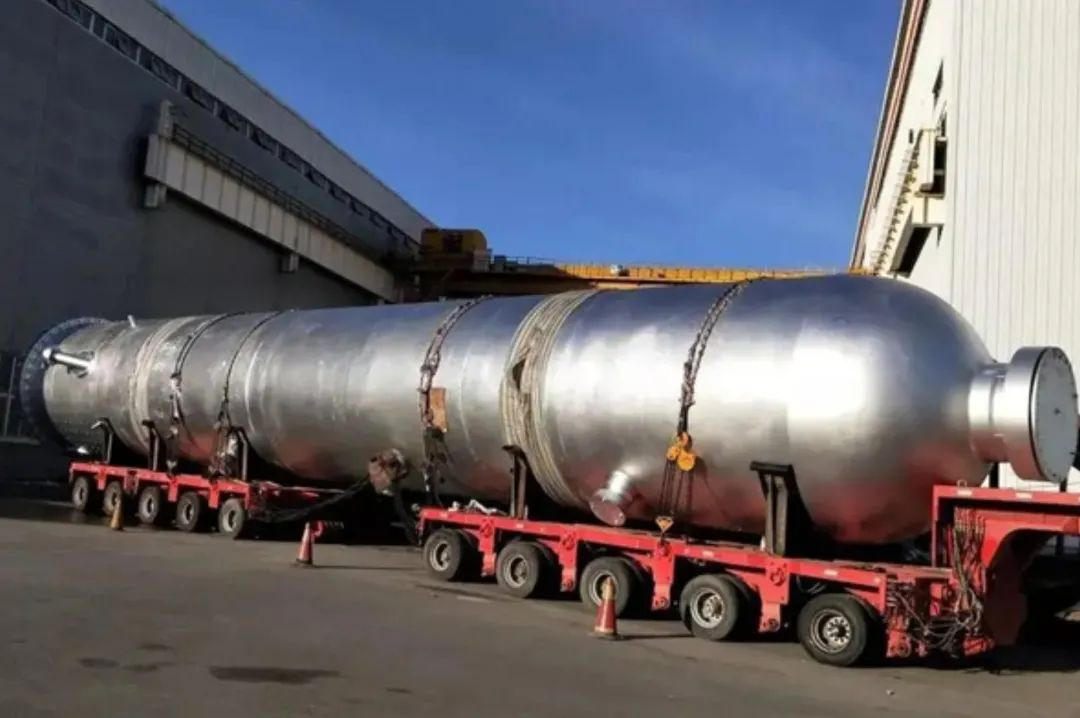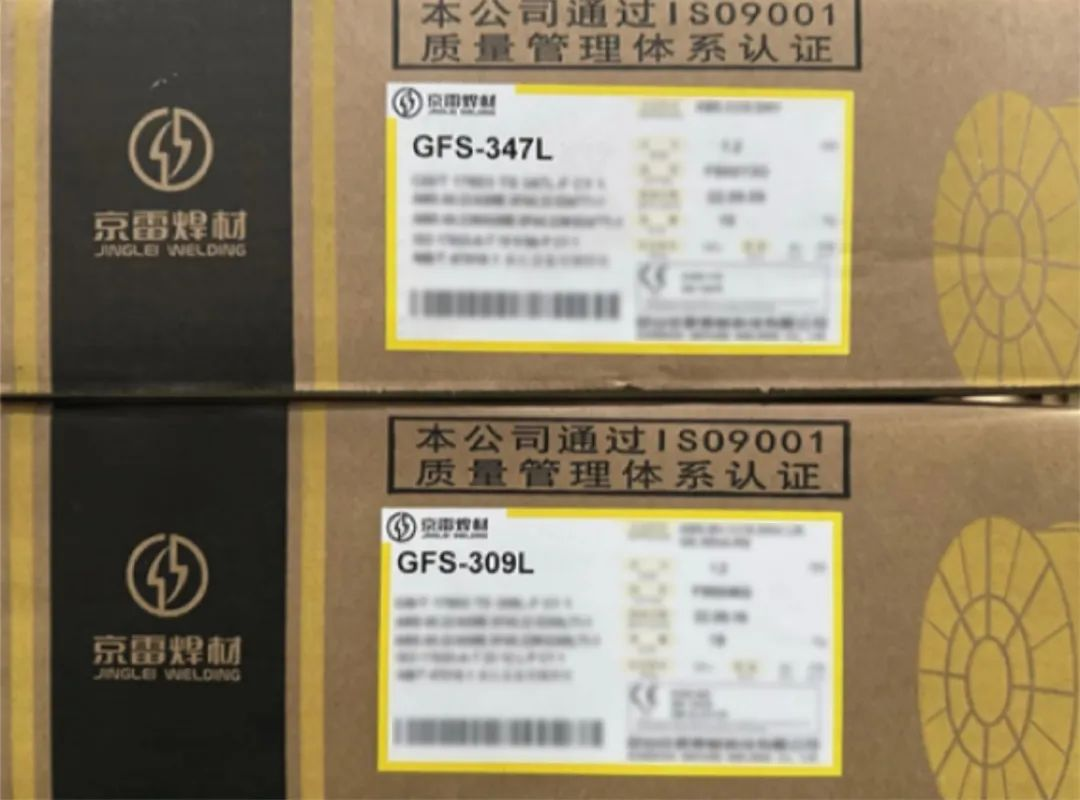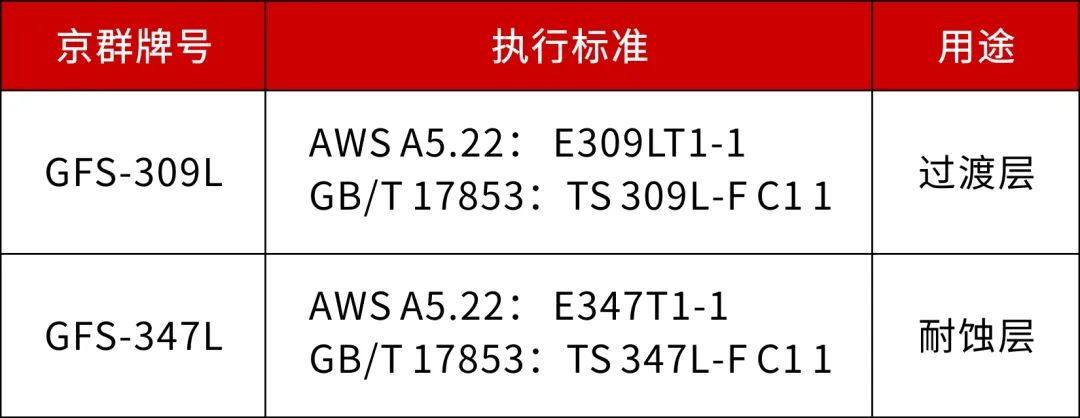Introduction to the technical introduction of stainless steel core corrosion pile welding.
The pile welding technology uses welding to modify the surface of the workpiece to meet the performance requirements of the workpiece during service. The cord welding wire melting efficiency is high, the residue is easy, the splashing is very small, the welding tract is beautiful, and it can achieve continuous and stable welding for a long time, which can greatly improve production efficiency.

JINGLEI pile welding core welding wire
Hydrogenation reactor generally uses CR-MO steel as a substrate material, and stainless steel core welding wire products GFS-309L (transition layer) and GFS-347L (corrosion resistance) are mainly used for the inner wall and surface of the reactor.


GFS-309L+GFS-347L combination pile welding
● Pidium welding process
Step ①:
First, the GFS-309L is piled on the substrate material as the transition layer to play a cushioning role, which can reduce the possibility of subsequent welding cracking.
Step ②:
Two layers of GFS-347L of pile welding are used as a corrosion layer, and the total thickness of the transition layer+corrosion layer is about 7 ~ 8mm.
Step ③:
After welding thermal treatment (PWHT), the following customer requires 665 ° C × 12H+705 ℃ × 32h as an example.
Step ④:
Machined the welding machine to the required thickness.
|
No. |
Test project |
Sampling location |
RESULT |
|
1 |
Ironin (welded) |
Erosion layer surface |
6.2%.5.7FN |
|
Surface 3 |
7.0%.6.5FN |
||
|
2 |
Bend test (PWHT) |
Horizontal. Vertical |
The diameter of the head is 4T, the bending angle is 180 °, the weld and thermal influence areas have no cracks |
|
3 |
Corrosion test (PWHT) |
Erosion layer surface |
GB/T 4334 E, ASTM A262E, non -crystalline corrosion cracks |
|
4 |
Other projects |
- |
Post time: Nov-07-2022